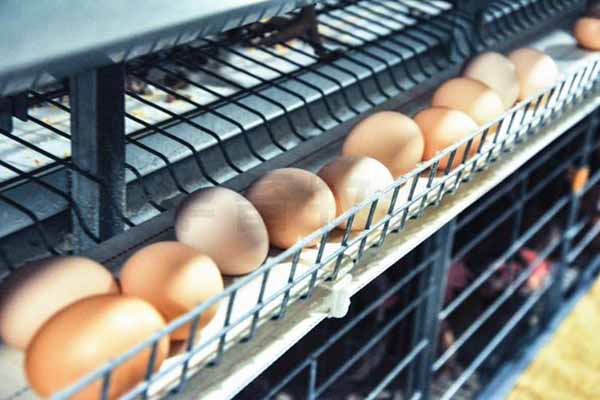Uganda Chicken Farm Automation: Management and Future Trends in the Industry
Time : 2025-07-03
The poultry industry in Uganda is experiencing a significant transformation with the integration of automation into farm management practices. This article delves into the current state of automation in Uganda’s chicken farms, discusses the management aspects, and explores the future trends that are shaping the industry.
Current State of Automation in Uganda’s Chicken Farms
Uganda’s poultry sector has been witnessing a surge in automation, driven by the need to increase efficiency, reduce labor costs, and improve overall farm productivity. The following are some of the key automation technologies being implemented in chicken farms across the country:
Automated Feeders
Automated feeders are one of the most common automation technologies in chicken farms. They provide precise feeding control, reducing the risk of overfeeding or underfeeding the birds. This not only enhances growth rates but also contributes to better health outcomes.
Water Automation Systems
Automated water systems ensure a constant supply of fresh water to the chickens, which is crucial for their health and productivity. These systems can be programmed to regulate water flow and temperature, further optimizing the chickens’ living conditions.
Environmental Control Systems
Environmental control systems are essential for maintaining optimal conditions in chicken houses. These systems monitor and control temperature, humidity, and air quality, ensuring that the chickens remain comfortable and healthy.
Health Monitoring and Disease Management
Advanced health monitoring technologies, such as smart sensors and IoT devices, are being used to track the health status of the chickens. These systems can detect early signs of illness, allowing for timely intervention and reducing the risk of disease outbreaks.
Egg Collection Systems
Automated egg collection systems have been introduced to minimize manual labor and ensure a consistent supply of eggs. These systems are designed to collect eggs from the nesting boxes and transport them to the collection point with minimal damage.
Management Aspects of Automated Chicken Farms
Managing an automated chicken farm requires a new set of skills and knowledge. The following aspects are crucial for effective management:
Training and Education
Farm managers and workers need to be trained on how to operate and maintain the automated systems. Continuous education is essential to keep up with the latest advancements in automation technology.
Data Analysis and Interpretation
Automated systems generate vast amounts of data, which must be analyzed to make informed decisions. Managers should be proficient in data analysis and interpretation to optimize farm operations.
Maintenance and Troubleshooting
Regular maintenance is crucial for ensuring the smooth operation of automated systems. Farm managers should have a good understanding of troubleshooting techniques to address any issues that arise.
Biosecurity and Animal Welfare
Effective biosecurity measures and animal welfare practices are essential for the success of an automated chicken farm. Managers must ensure that the chickens are living in a clean, comfortable, and stress-free environment.
Future Trends in Uganda’s Chicken Farm Automation
The future of Uganda’s chicken farm automation is promising, with several trends set to shape the industry:
Increased Use of AI and Machine Learning
Artificial intelligence (AI) and machine learning (ML) technologies are expected to play a significant role in the future of chicken farm automation. These technologies can be used to optimize breeding programs, predict disease outbreaks, and improve overall farm management.
Integration of Drones
Drones are increasingly being used for various purposes in agriculture, including monitoring farm activities, spraying pesticides, and tracking wildlife. In the poultry sector, drones can be used to inspect chicken houses, monitor bird health, and ensure compliance with biosecurity protocols.
Vertical Farming
Vertical farming is an emerging trend that involves growing crops in vertically stacked layers. This method can be adapted to poultry farming, allowing for the efficient use of space and reducing the environmental impact of chicken production.
Smart Farming Platforms
Smart farming platforms that integrate various farm management tools and data sources will become more prevalent. These platforms will provide farm managers with real-time insights and recommendations, enabling them to make informed decisions and optimize farm operations.
Conclusion
Uganda’s chicken farm automation is evolving rapidly, driven by the need to increase efficiency and productivity. As the industry continues to embrace new technologies, farm managers must adapt to the changing landscape and develop the necessary skills to manage these advanced systems. The future of Uganda’s chicken farm automation is bright, with numerous opportunities for growth and innovation.












